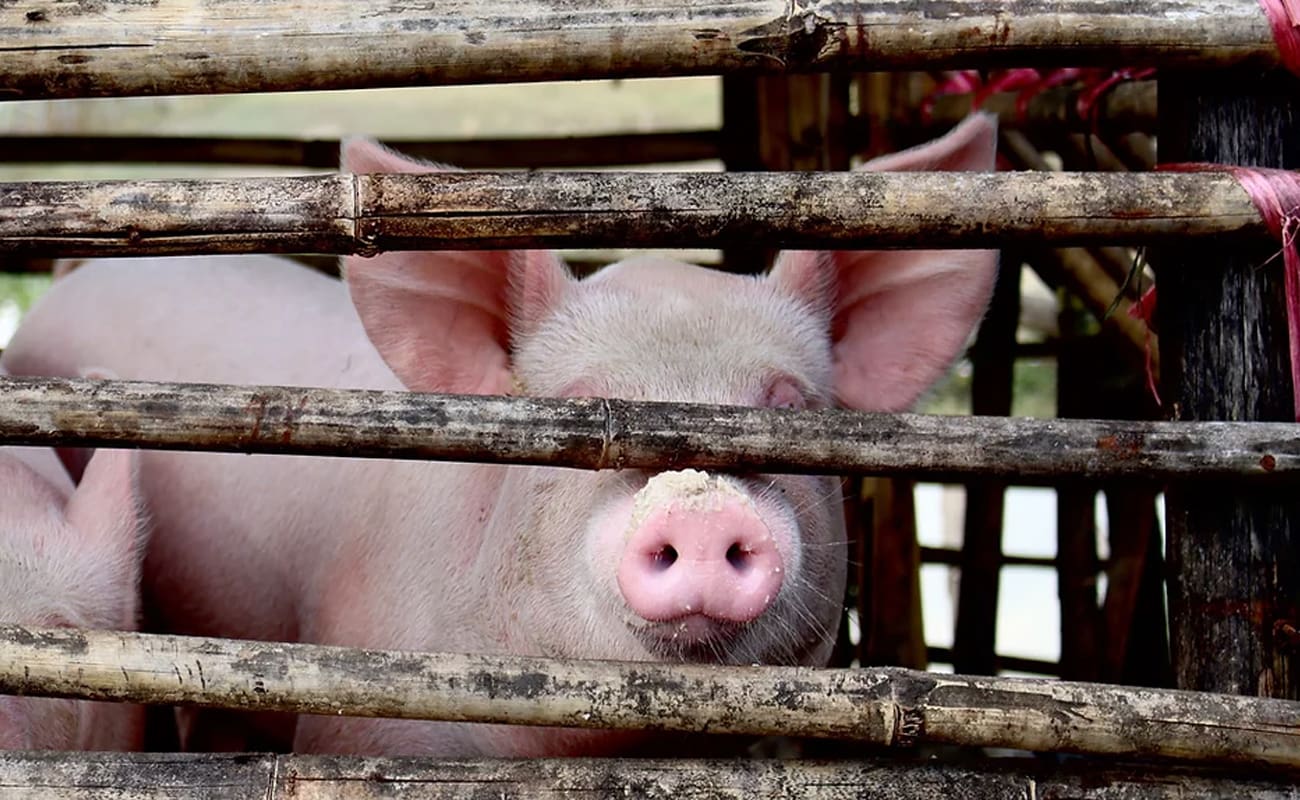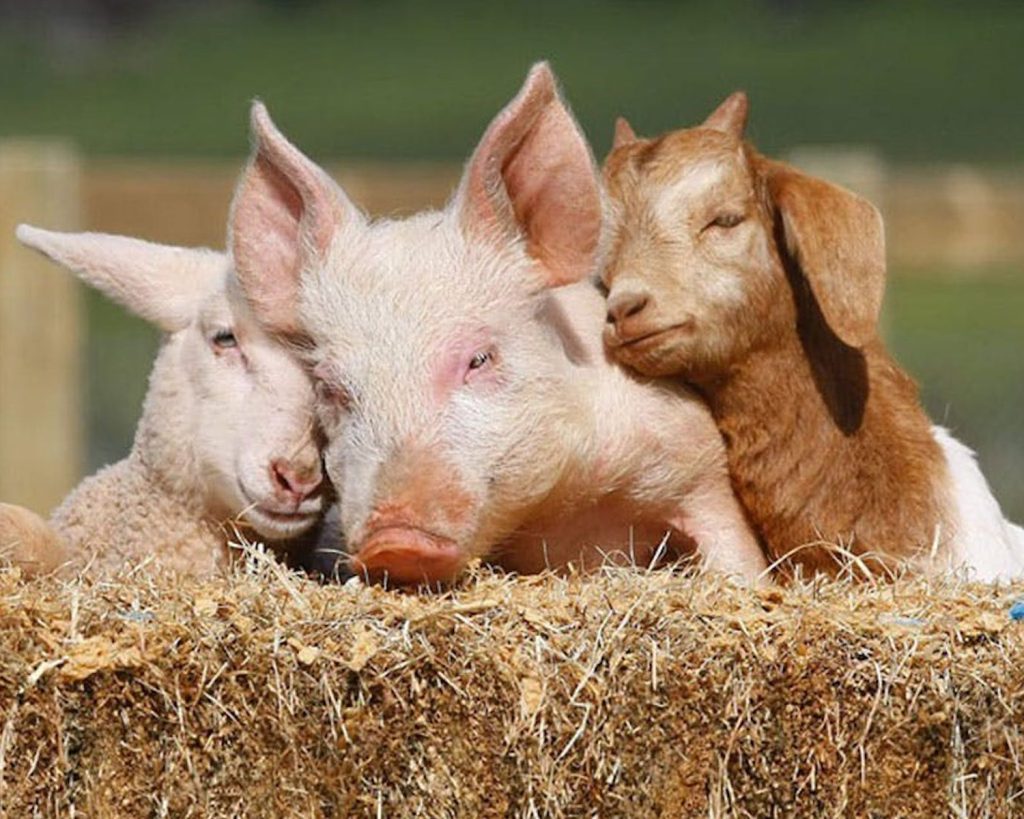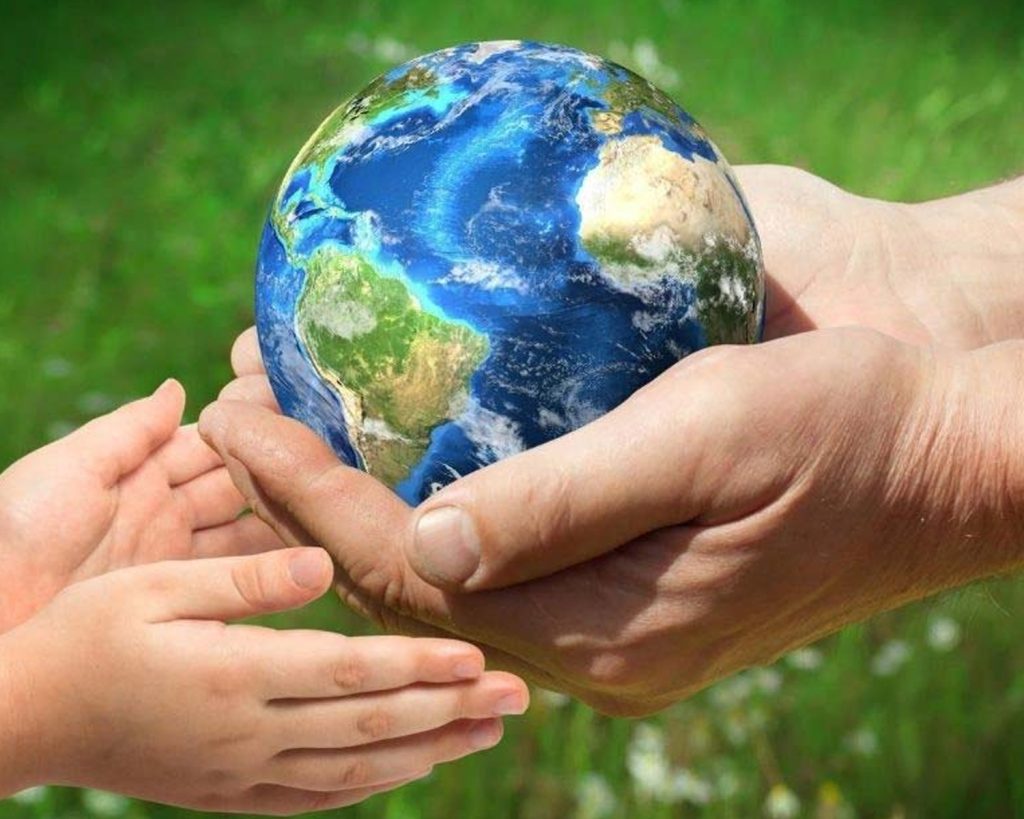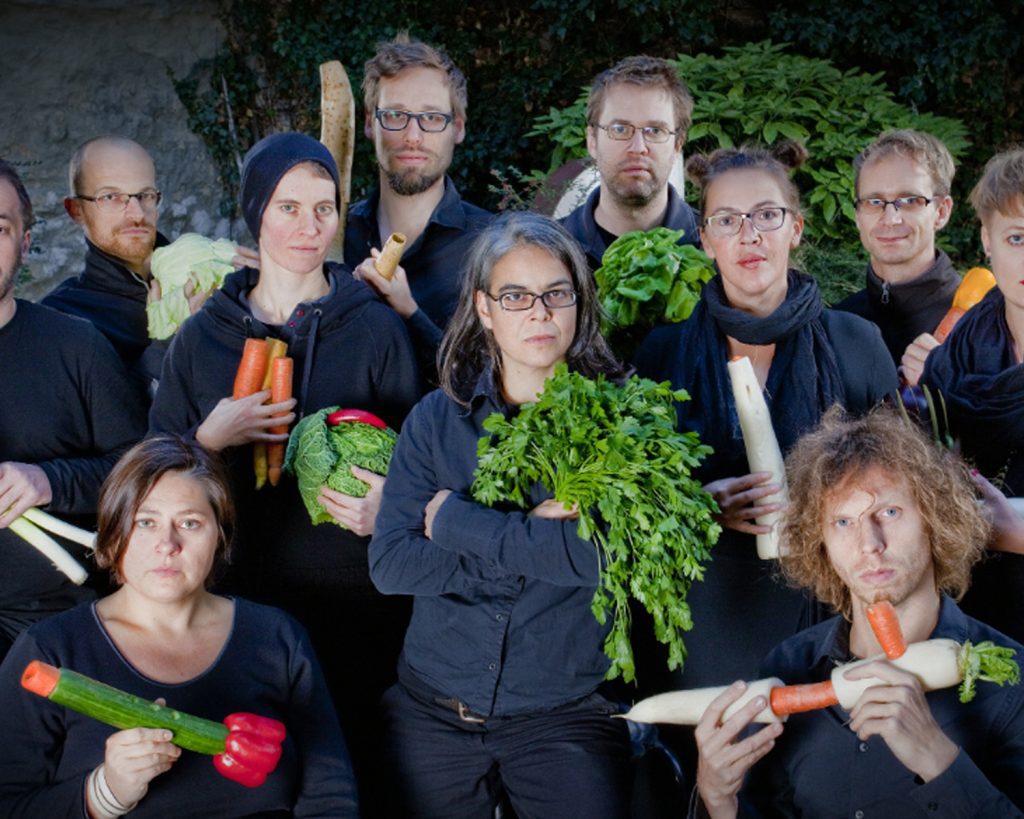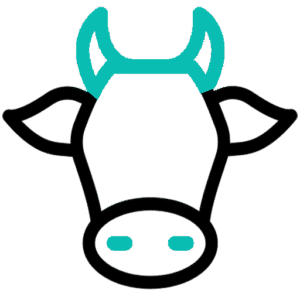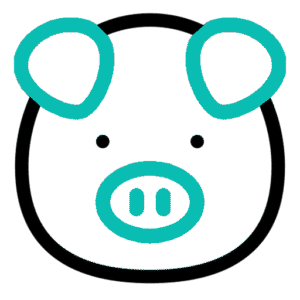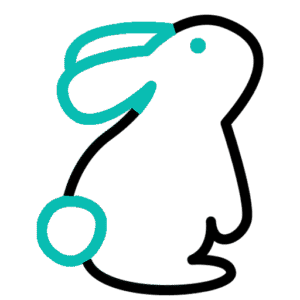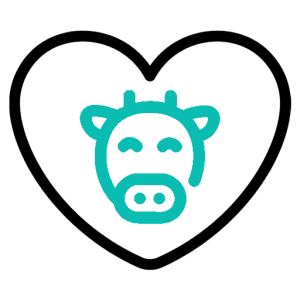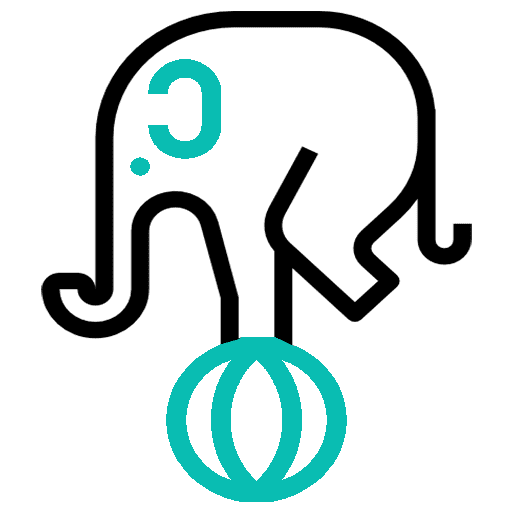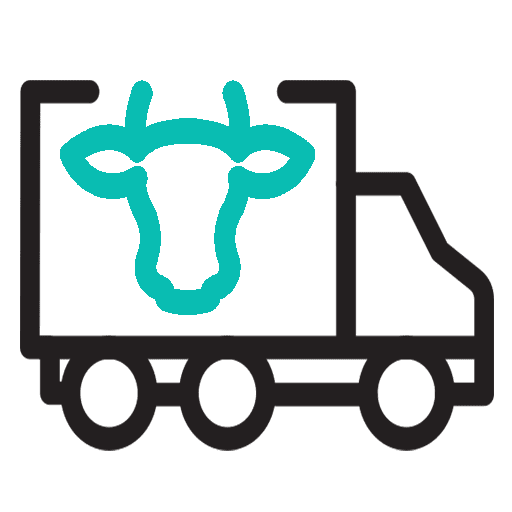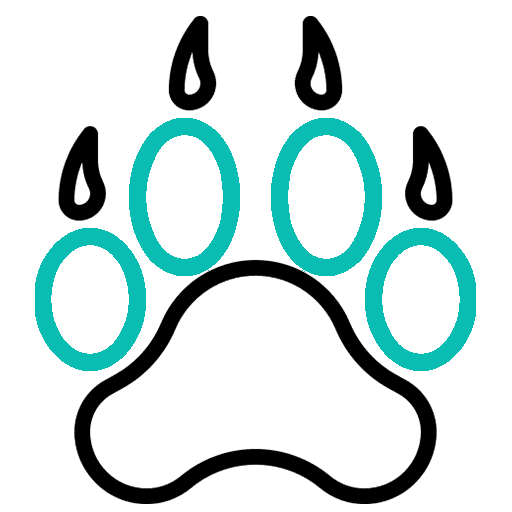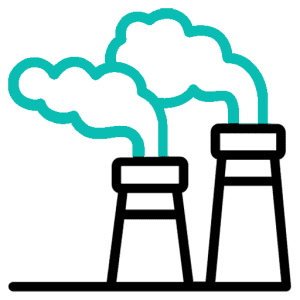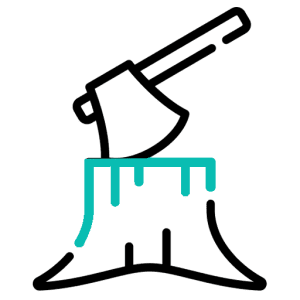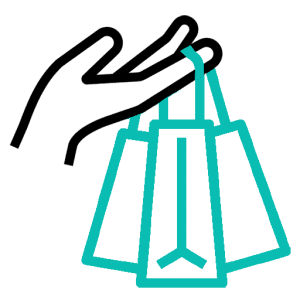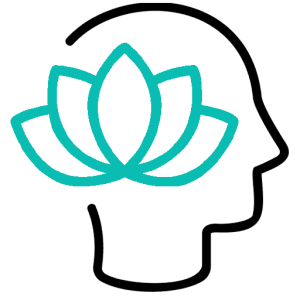This category examines how animals—feeling, thinking beings—are affected by the systems we build and the beliefs we uphold. Across industries and cultures, animals are treated not as individuals, but as units of production, entertainment, or research. Their emotional lives are ignored, their voices silenced. Through this section, we begin to unlearn those assumptions and rediscover animals as sentient lives: capable of affection, suffering, curiosity, and connection. It’s a reintroduction to the ones we’ve learned not to see.
The subcategories within this section provide a multi-layered view of how harm is normalized and institutionalized. Animal Sentience challenges us to recognize the inner lives of animals and the science that supports it. Animal Welfare and Rights questions our moral frameworks and highlights movements for reform and liberation. Factory Farming exposes one of the most brutal systems of mass animal exploitation—where efficiency overrides empathy. In Issues, we trace the many forms of cruelty embedded in human practices—from cages and chains to lab tests and slaughterhouses—revealing how deeply these injustices run.
Yet the purpose of this section is not only to expose cruelty—but to open a path toward compassion, responsibility, and change. When we acknowledge the sentience of animals and the systems that harm them, we also gain the power to choose differently. It’s an invitation to shift our perspective—from dominance to respect, from harm to harmony.
The fashion and textile industries have long been associated with the use of materials like wool, fur, and leather, which are derived from animals. While these materials have been celebrated for their durability, warmth, and luxury, their production raises significant environmental concerns. This article delves into the environmental hazards of wool, fur, and leather, exploring their impact on ecosystems, animal welfare, and the planet as a whole. How Fur Production Harms the Environment The fur industry is one of the most environmentally damaging industries worldwide. A staggering 85% of the fur industry's skins come from animals raised in fur factory farms. These farms often house thousands of animals in cramped, unsanitary conditions, where they are bred solely for their pelts. The environmental impacts of these operations are severe, and the consequences extend far beyond the immediate surroundings of the farms. 1. Waste Accumulation and Pollution Each animal in these factory …





